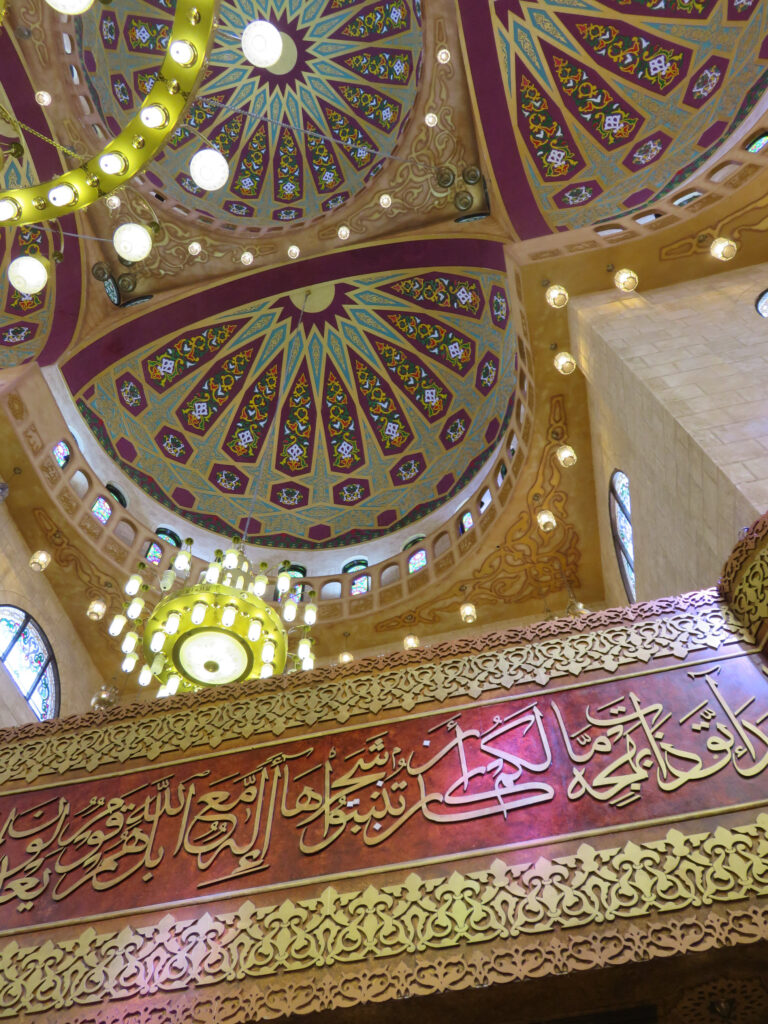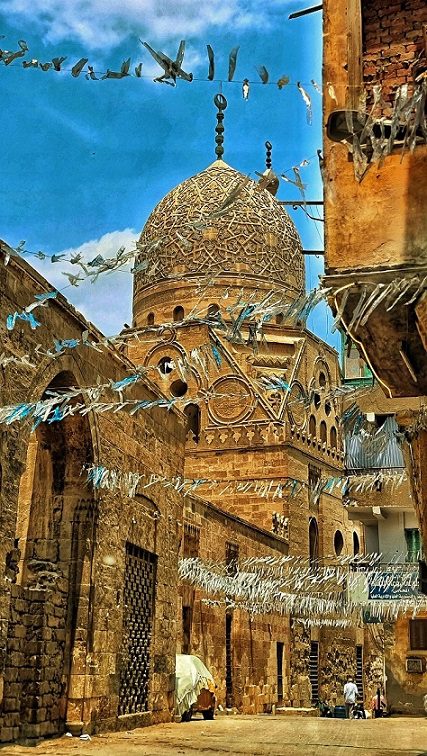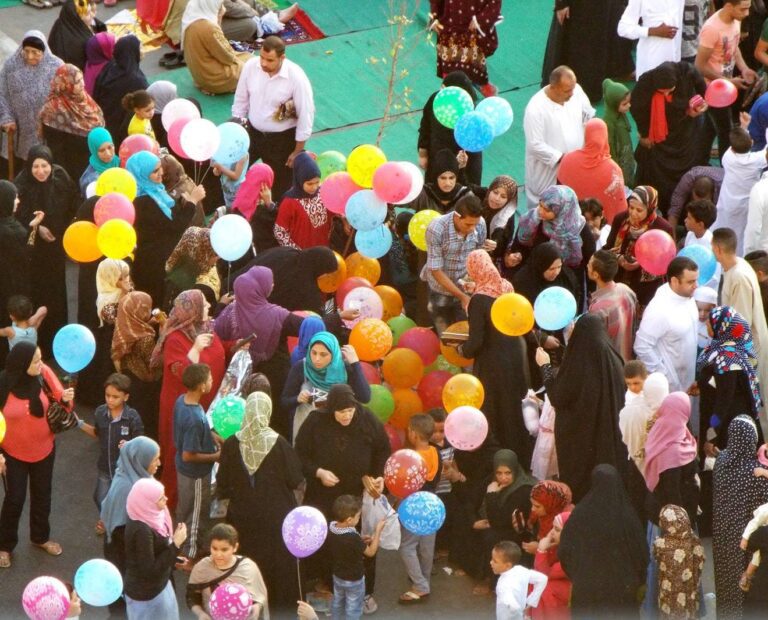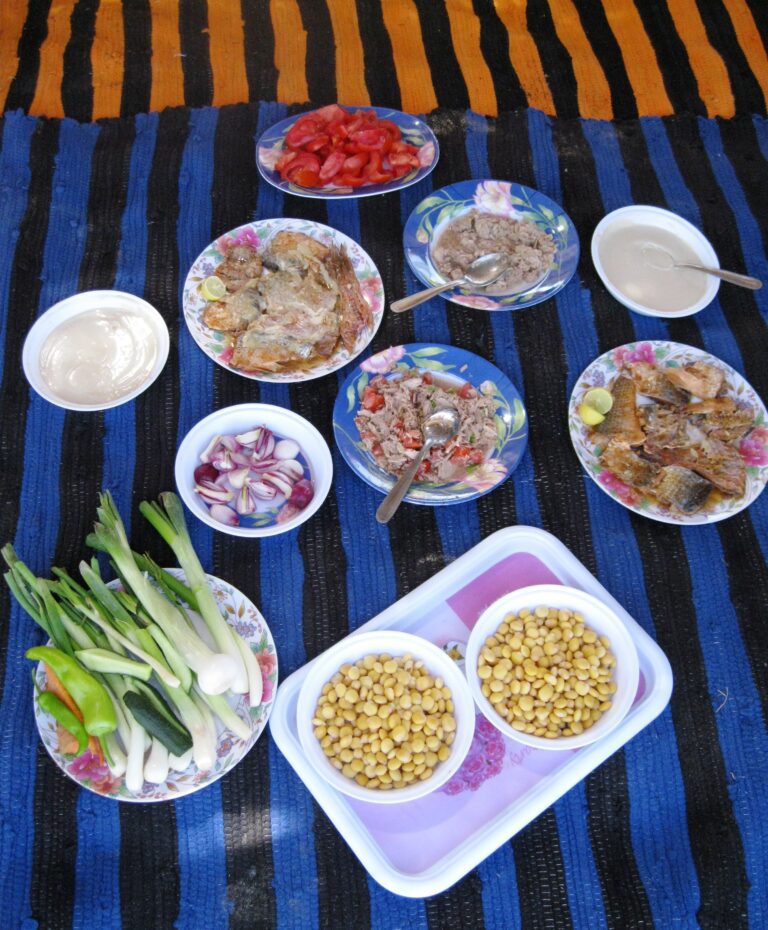FAYOUM- is one of Egypt’s 7 beautiful oases-
“The most important fact about Fayoum Oasis, that it’s not far from Cairo. You can reach Fayoum desert in about 1-2 hours drive from Cairo, depends on where you stay in Cairo, then you find yourself in mid of extremely peaceful, beautiful and very rich with unique attractions of a big variety of natural formations , geological , historical , lakes, sand dunes , valleys, waterfalls, Unesco heritage site, beautiful villages and many other. Fayoum has a mix of experiences hardly exists in any other place around the world
Fayoum is a wonderful area of Egypt with a rich and interesting range of flora, fauna and history. This 692 square miles (1114 km2) are a vast depression which was a lush paradise during prehistoric times.
Fayoum is the closest oasis to Cairo, making it very accessible if Cairo is your base for travelling. You can experience a wide diversity of nature, history, architecture and world heritage sites, as well as beautiful lakes, geological wonders, and meet friendly locals. Fayoum’s beauty attracts the attention of Egyptian artists and philosophers.
Fayoum Lake and Oasis was a famous resort for Cairo´s elite and Egypt’s Royal Family in the 19th and early 20th century.
A Great Read About Fayoum

It takes you only an hour and 20 minutes to unplug from Cairo’s chaos, and finally find yourself surrounded by unspoilt beauty. You can venture there just for the day – a Real Egypt day tour, camp overnight in the surrounding desert or spend a night in an eco-hotel and spread your time over a two or three-day adventure;
Visit the Valley of Whales – bones that are millions of years old and its newly opened Fossil & Climate Change Museum;
Wadi El Rayan Waterfalls;
Swim, sand-board, dune-bash, watch pottery-making at El Nazla or the famous Tunis Village, hike El Modawara Mountain to watch a beautiful sunset over the Magic Lake, horseback ride, camel trekking, go to the Petrified Desert, bird-watching, or explore some of the Greek-Roman ruins.
Water Wheels are an important tourist attraction. These unique large wooden wheels, invented by Archimedes in the Ancient Library of Alexandria more than 2000 years ago, were used to irrigate the region. There are around 200 of these unique water-powered wheels throughout Fayoum, though they are not believed to be found anywhere else in Egypt or the world
The region of Fayoum thrived during the Middle Kingdom (1991-1790 BC) and it became so popular that the 12th Dynasty kings Senwosret II and Amenemhat III chose to site pyramids here as their final resting places .
Fayoum includes two areas declared as protected by the Egyptian Government: Lake Qarun and Wadi Rayan National Parks.
Fayoum is divided into six administrative centres of which the chief towns are Madinat al-Fayoum, Tamiya, Sinnuris, Ibshawai, Yusuf al Siddiq and Itsa – comprising approximately 157 villages and 1565 hamlets with a population of more than 3 million inhabitants.
Fayoum is a vast depression that contains a great lake at its lowest level called Birkat Qaroun ( Lake Qaroun ). This depression receives water from a branch of the Nile that was made into a canal in ancient times, now called Bahr Youssef. This splits up into a dense network of secondary canals. Fayoum is usually refers to as an oasis, but it differs from other oases as it receives the water directly from the Nile.
In the 1960s, Egyptian authorities created three lakes in the Wadi Rayan depression, southwest of Lake Qarun, to hold excess water from agricultural drainage. This was intended to be the first step in an ambitious land-reclamation project, though not everything went to plan when the water started to become increasingly brackish. On the bright side, these man-made lakes became particularly conducive to large colonies of birds, leading to the entire depression being administered as a national park
Name & Etymology
Fayoum has had several different names throughout the ages until it arrived at its present name … In ancient Egypt, specifically in the Old Kingdom Fayoum was called “Shedet” in the sense of the lake and in the middle kingdom, it was called “Ta – She,” meaning The modern name of the city comes from Coptic ” Pa-Ym” whence the proper name payom, meaning the Sea or the Lake, which in turn comes from late Egyptian pA y-m of the same meaning, a reference to the nearby Lake Moeris. It has been named Al Fayoum after the Arab conquest of Egypt. land of the lake.
The Climate :
Fayoum enjoys a hot dry climate, rare rain in the winter the temperature ranging in the winter (Hi) between 11 and 17 and (low) of 4 and 10 degrees in January, and the average annual rainfall is around 17 mm.
” Cool are the dawns; tall are the trees; many are the fruits; little is the rains ”
by el Nabulsi 750 years ago!
Fayoum is best visited using a 4 by 4 car as the road is very uneven and you have to navigate desert sands to reach attractions, Fayoum is an all year round attraction but to get the best weather and enjoy your time more we advise:
Best time to visit
- For bird watching: during winter time to witness the birds migration.
- For hiking, trekking & sand-boarding: October through May as the weather can be very hot in the desert during summertime.
- For chilling out near the lakes: All year-round.
- For fishing: September through July.
- Any time of the year, pick your spot and get some adrenaline rushing out of you. The most famous sand boarding spot is “Qoussour El-Arab”.
for detailed information about Fayoum, its attractions and tours, go to our sister website at the following link : www.RealFayoum.com






